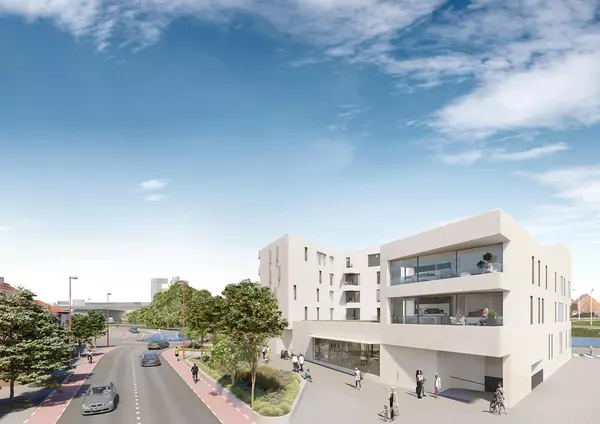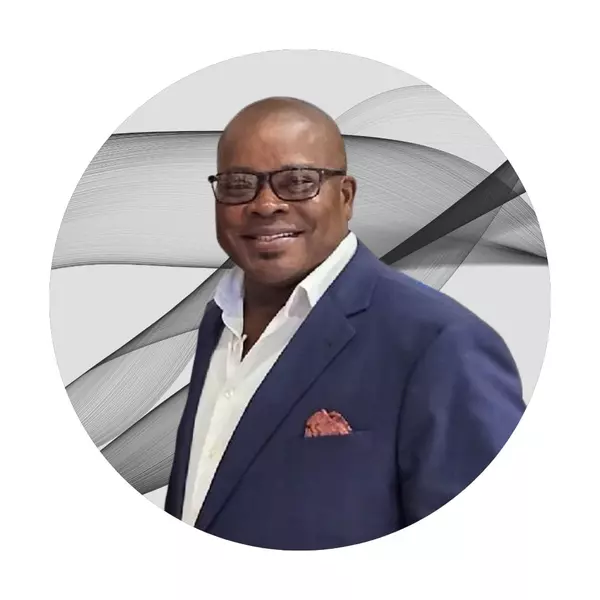Been here, still here. Indigenous knowledge of the land can take the lead in saving the planet
In Amanda Subish’s family, they have a story about her Uncle Maurice that shows the power of Indigenous culture, heritage, and traditional ecological knowledge. Maurice Magante, of the Pauma Band of Luiseño Indians, was a survivor of the 1977 Tenerife airport disaster, involving the crash of two planes on the runway in the Canary Islands, off the coast of northwestern Africa.
“He was on his honeymoon with his bride, and they were taking off when a Dutch plane hit their plane. When he woke up, the plane was on fire. His wife was knocked out, but he saw some light where the plane must have been open, so he was kind of dragging his wife and going toward that opening,” recalled Lenora Cline, Subish’s mother. “Then, there was an explosion, and I think he was blown off the plane. His wife perished in the crash, but he survived, and they were able to get him to a burn center in Dallas, I think.”
At the burn center, Cline says doctors noticed that Uncle Maurice seemed to be healing much better than the average burn victim — not just his fellow survivors, but of any burn victim they had treated. They began to ask the family about his upbringing and what it was like, what kinds of foods he ate growing up. Magante was born in the 1930s, says Cline, so a lot of their food as Indigenous people consisted of fresh vegetables they grew themselves because they couldn’t really afford to go to grocery stores or buy processed foods.
“At that time, processed foods were never something that our people could afford, or even knew what that was, because we were hunters and gatherers,” she says. “When they started asking in more detail about what, exactly, he was brought up on, acorn was one of the things they told the doctors.” Specifically, wiiwish, a type of thick, acorn porridge. The doctors determined that it was Magante’s almost daily consumption of wiiwish that attributed to his remarkable healing. Despite being burned on over 90% of his body, Cline says that later photographs of him showed barely visible blemishes from the burns. It’s that story and the many benefits of acorns for the body, the methods for proper preparation, and the necessity of taking better care of the environment that allows for oak trees to grow and flourish to produce the acorns — not to mention so many other food and medicinal plants — that are part of the education work that Subish and Cline have been involved in as members of the Pauma Band of Luiseño Indians. Cline is known in the community as someone who continues to make wiiwish and, on Saturday, she and her daughter will be among other Indigenous panelists and participants in the “Honoring Indigenous Knowledge for Land Conservation” event from 11 a.m. to 4 p.m. at The Water Conservation Garden in El Cajon, as part of the inaugural San Diego Climate Week. This week-long event continues through Oct. 8 with more than 100 community events throughout the county focused on figuring out equitable environmental solutions to climate issues that is inclusive of a variety of climate activists, advocates, scientists, and policy makers.
Subish, who is on the stewardship committee with the San Diego Food System Alliance, and previously worked as garden supervisor for five years at Pauma Tribal Farms, took some time to talk about the work to educate herself, her people, and what it could look like to also partner with non-Native communities in taking better care of the planet. (This interview has been edited for length and clarity. For a longer version of this conversation, visit sandiegouniontribune.com/author/lisa-deaderick/.)
Q: Can you talk about Pauma Tribal Farms, your work as garden supervisor, and the ways that Indigenous knowledge of the land was demonstrated in your work at the garden?
A: I’m not at the farms anymore because I wanted to go the educational route, but with the farm, all of that produce is for our people. Our produce had gone to our tribal members here, in Casino Pauma, and then one of our youth programs. A lot of that was educating our people because our people didn’t necessarily know what some of the vegetables were. You have people like my grandma who had a garden here on the rez, but none of that knowledge got passed on, so you have a huge gap from my grandma, to my mom, and then to me. The garden at the farm happened during COVID, so that was more about protecting our people, growing food for our people. Then, I was trained by Solidarity Farm and that was a lot, learning about row crops and stuff. At one point, I produced over 100 pounds of lettuce mix for the casino, and another time I had grown over 1,000 pumpkins for our tribal members here on the rez. Our youth program here on the rez also got produce each week, so the food was literally staying here in Pauma, but it was also educating our people. I was also educating myself and going down the rabbit hole of learning how to use different vegetables. It wasn’t just what I learned, but also something that’s instilled in us as far as having that reciprocal relationship with Mother Earth. Mother Earth stewards us humans, and we, in turn, are the caretakers, tenders, and protectors of Mother Earth. We listen to her, we care for her, we give her our prayers and offerings. So, I would bring what I know — my customs and traditions and my upbringing—and tie that into the information I’ve learned about things like row crops or regenerative agriculture. There were times when I was (on the farm) and I didn’t know what was wrong with the crop. I can check my list and figure out when I fed the crop, or was my irrigation right, but more often than not it was a simple answer, like just talking to the plant. We were always praying, we give offerings, so that’s how I tied my upbringing into what I was learning with row crops and things like that.
Q: In August, you were part of the San Diego Food System Alliance’s Annual Gathering event, where you facilitated a discussion about “Rekindling Connections: Honoring Indigenous Voices in the Pursuit of Respect for People, Land, and Our Planet’s Rights,” which included talking about how Indigenous people should be leading the shaping of food systems, and about the necessity of returning power to tribes in every community alongside cooperation between Native and non-Native communities. How does this align with conservation and addressing climate issues?
A: You might have someone who doesn’t have that cultural upbringing, like how we were taught to have a reciprocal relationship with Mother Earth. So, someone might say they don’t know how to be connected, and I don’t understand how people are not connected, but the more that I’ve been out here and having conversations with non-Native communities, I get it. Not everyone has this cultural upbringing, so it’s just grounding yourself. With having Indigenous people lead some of these projects with conservation, this is something that’s instilled in us, so whether someone within the Native community feels like they can’t do it, or they don’t know how, it’s as simple as igniting that knowledge in them because it’s there. Like my mom said, our people were hunters and gatherers; this is what we did. I tell our Native youth that maybe they don’t know what the plant is telling them, maybe they’re not listening to the wind, but when they’re bird dancing or practicing one of our ceremonies, they’re connected and that same feeling that takes over when we’re in those ceremonies is what happens when we’re out on the land — we listen. It’s just a matter of waking that up within our Native community, as well, but also having others in the non-Native community trust that we can lead this.
Q: In a live recording of your podcast episode on Saturday at The Water Conservation Garden with your co-host, Ivan Sam, you’re sharing local tribal resources for resilience. First, what does resilience mean to you, within the context of land conservation?
A: I don’t think that everyone would see eye-to-eye with me because we have historical trauma that plays a role, but for me, what I see as being resilient is bridging that gap between the non-Native and Native communities so that we can all work as one. I know that I’m more open-minded than most, I understand that. I was with one of my farmer friends and we were driving, and they looked out and said, “I want to farm that.” As Native people, we kind of see things a little bit differently. It’s more like, ‘I wonder what was there before. Was it a village? A burial ground?’ There are just different approaches, so when some of my farmer friends might want to pursue a plan to buy this land, or something like that, great. Do it, but also, whose territory is it? Get it surveyed. Have a cultural monitor come in. Just be a little bit mindful of what was there before. I’m not saying, “No, don’t do it.” It’s just having a little bit of knowledge and being mindful of what was there before, and just respecting it and the land.
Q: What comes to mind for you when you think about your own cultural connection to the land, and the knowledge that’s been passed on over generations about how to take care of this land?
A: One of the things we all say as Native people is that we’re still here. For example, I was preparing to do a land acknowledgement for the opening (of San Diego Climate Week), and as I was sitting there, I was like, ‘Dang, it seems kind of bizarre that I’m giving a land acknowledgement when I’m this little Native girl myself, but I’m still here.’ Our Native people, we’re not ghosts. So, I guess it was just a moment of reflection. It’s one of those things where you kind of have to think about things like our ancestors. Like, when we look at the land, we ask what was there before; if you think about our ancestors, their stories are woven into, literally, every tree, every river, every stone.
Categories
Recent Posts










GET MORE INFORMATION


